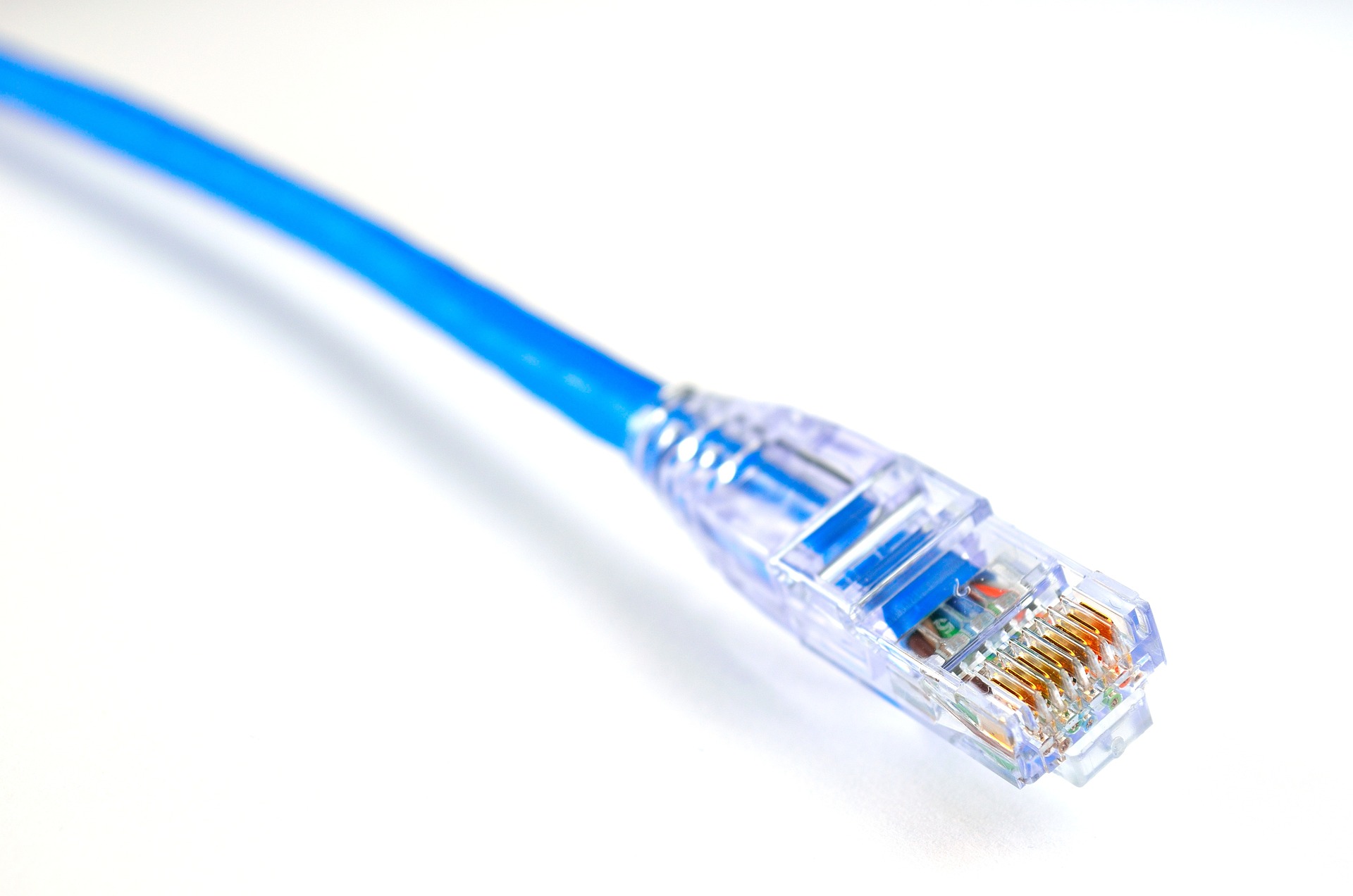In today’s interconnected world, Ethernet has become a ubiquitous term in the realm of computer networking. Whether at home, in the office, or across the vast infrastructure of the internet, Ethernet serves as the backbone of network connectivity.
Origins and Evolution
Ethernet first appeared as a collaboration between Xerox Corporation, Intel, and Digital Equipment Corporation (DEC) in the 1970s. Initially developed to connect computers within a local area network (LAN), Ethernet has since evolved to support faster speeds, increased capacity, and wider network coverage.
The Ethernet standard, defined by the Institute of Electrical and Electronics Engineers (IEEE), has undergone several iterations, with Ethernet variants like Fast Ethernet, Gigabit Ethernet, and 10 Gigabit Ethernet providing ever-increasing data transmission rates.
Key Components and Technologies
At its core, Ethernet comprises a set of protocols and physical components that enable the transfer of data packets over a network.
The primary components include network interface cards (NICs), Ethernet cables, switches, and routers. NICs are responsible for connecting devices to the Ethernet network, while Ethernet cables, commonly using twisted pair or fibre optic technology, facilitate the transmission of data.
Switches serve as central hubs, connecting multiple devices within a network and facilitating efficient data flow, while routers enable communication between different networks.
Data Transmission and Ethernet Frames
Ethernet operates on the principle of packet-switching, where data is divided into smaller units known as frames. These frames consist of headers and payloads. The header contains crucial information, such as source and destination addresses, to ensure proper routing of data. The payload carries the actual data being transmitted.
Ethernet frames are encapsulated within the data link layer of the network protocol stack and are transmitted using a variety of media access control (MAC) methods, such as Carrier Sense Multiple Access with Collision Detection (CSMA/CD) for collision management.
Ethernet Speeds and Standards
Ethernet has witnessed significant advancements in data transmission speeds over the years. Standard Ethernet connections typically operate at 10 Mbps (megabits per second), while Fast Ethernet boosted this to 100 Mbps.
More recent standards, such as 10 Gigabit Ethernet and 40/100 Gigabit Ethernet, have pushed the boundaries even further, catering to the increasing demands of modern networks.
Applications and Future Trends
Ethernet serves as the foundation for various applications and technologies. It is extensively used in local area networks (LANs) within homes, offices, and educational institutions, connecting computers, printers, and other devices.
Ethernet is also vital for wide area networks (WANs), enabling the interconnection of geographically dispersed networks. With the introduction of the Internet of Things (IoT) and high use of smart devices, Ethernet plays a vital role in providing seamless connectivity and facilitating data exchange among an array of devices.
Looking ahead, Ethernet continues to evolve to meet the demands of emerging technologies.
Higher speeds, improved energy efficiency, and enhanced security are areas of focus. Ethernet’s transition to fibre optic connections promises faster data transfer rates, while Power over Ethernet (PoE) enables the delivery of power and data through the same Ethernet cable.
Additionally, Ethernet’s role in supporting emerging technologies like 5G networks and edge computing reinforces its significance in shaping the future of connectivity.
Conclusion
Ethernet has transformed our connectivity and communication in the digital era. Since its inception in the 1970s, Ethernet has grown into a dependable and adaptable networking technology, facilitating smooth data transmission and device interconnection within local and wide area networks.
With continuous progress in speed, efficiency, and security, Ethernet remains pivotal in shaping the future of connectivity. It supports emerging technologies, addresses the increasing demands of our interconnected world, and ensures seamless connectivity for a wide range of applications.
As Ethernet continues to evolve, it will continue to serve as a crucial foundation for reliable and efficient communication in our technologically-driven society.







